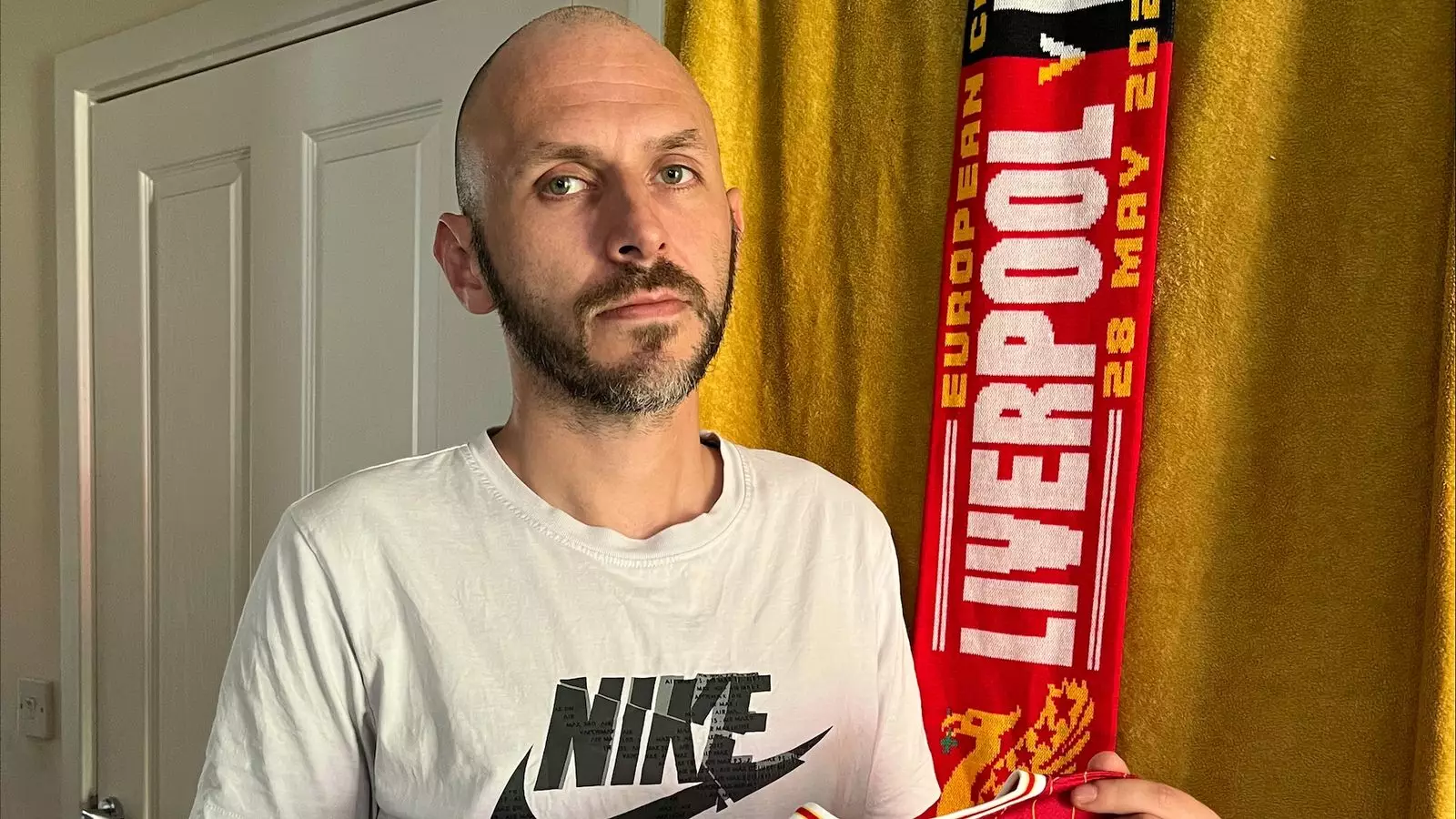What was supposed to be a day of jubilant celebration for thousands of Liverpool FC fans rapidly transformed into a nightmare that will haunt Daniel Everson and Sheree Aldridge for the rest of their lives. Anyone can imagine their best day — a day filled with joy, celebration, community, and pride — crumbling into a scene straight out of a horror movie. As Daniel described the pandemonium of the Liverpool FC victory parade, this tragic incident serves as not only a personal calamity for his family but a grim reminder of the need for stronger safety measures during public celebrations.
Daniel shared his anguish in vivid detail, painting a picture that no parent should ever have to experience. The intense emotions he expressed encapsulate the sheer vulnerability of human life in public spaces. Imagine holding on to your family for dear life while a vehicle encroaches upon your very existence. Rooted in a love for football, the Everson family’s day was an emblem of joy until the moment they were forced into a visceral confrontation with their own fragility.
When Crowd Control Fails
This incident raises essential questions regarding crowd control and the responsibility of organizers to ensure public safety during diplomatic assemblies like victory parades. Cities host these events to foster community spirit, but what are the safeguards in place when large groups gather? It appears that the measures in this instance were sorely inadequate. A vehicle simply shouldn’t have been able to penetrate so deeply into a crowded area.
According to Daniel, the suspect was a 53-year-old man who is now under investigation for serious charges, including attempted murder. This fact adds another layer of horror to an already distressing situation. Belonging to the local area only deepens the sense of betrayal; this was not just an outsider sowing chaos but a member of the community.
Moreover, divisive discussions about public safety tend to be minimized until a tragedy surfaces, leading to the proverbial “We must do better” sentiment. And yet, the crushing reality becomes apparent: one day we gather as a community, celebrating our victories, and the next we’re left grappling with the aftermath of avoidable chaos.
The Aftermath: A Father’s Grief
Daniel’s narrative does not simply end with the shocking moment of the collision. The reality of having to run, clutching his baby Teddy saved his life, all while he grapples with the severe injuries sustained by Sheree. The visual of him carrying her away while police officers assist stands as a vivid snapshot of a parent’s instinctual blend of anxiety, fear, and desperate love. At that moment, the enormity of responsibility and the weight of parental duty could not have been more pronounced.
The psychological toll on families involved in such tragedies often goes unaddressed. Daniel expressed emotions of upset, anger, and trauma, but the mental scars left by these events can last for years, even decades. Who helps families navigate the influx of emotions afterward? The nuances of trauma are not just about physical recovery; they involve a fog of anguish that seeks closure in the form of answers.
As they both begin their arduous journey towards healing, the call for more stringent crowd management procedures will hopefully echo beyond this tragedy. While the public often moves on to the next headline, it shouldn’t take another terrible event for necessary change to be enacted.
Why Your Response Matters
In moments like these, indifference in the public sphere becomes glaringly evident. Responses should not drown in a sea of tragic statistics and the predictable cycle of outrage. The event captures a collective responsibility to ensure such oversight does not happen again. Community safety protocols should be relentlessly scrutinized, not merely put on the back burner until the next tragedy unfolds.
To avoid a similar story being told, calls for action — not just sentiments of sympathy — are crucial. The time for passive acceptance of limits in public safety is over. Only through deep reflection and systemic improvements can we safeguard the joyous gatherings that communities hold dear.
While Daniel and Sheree continue their healing, they are unlikely to forget the moments that turned a glorious day into a harrowing nightmare. Their ordeal invites a societal introspection that we must not ignore. As the dust settles and we drift into another celebration, let it be essential to remember the lessons learned — or risk facing the horrors of recklessness once more.


Leave a Reply